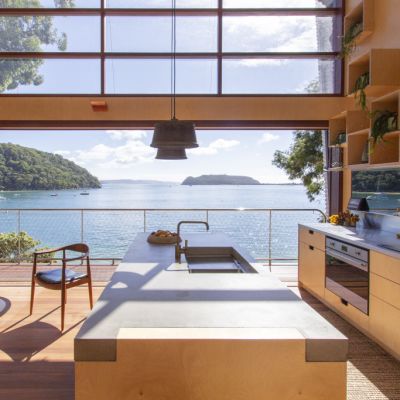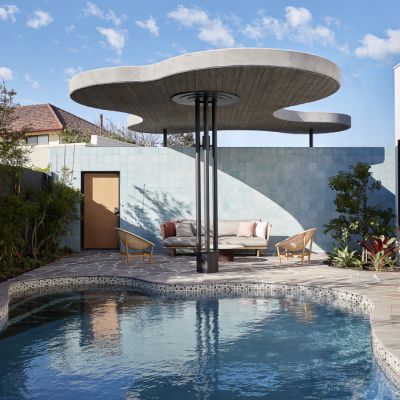'Timber is the future': All the highlights from Milan Design Week
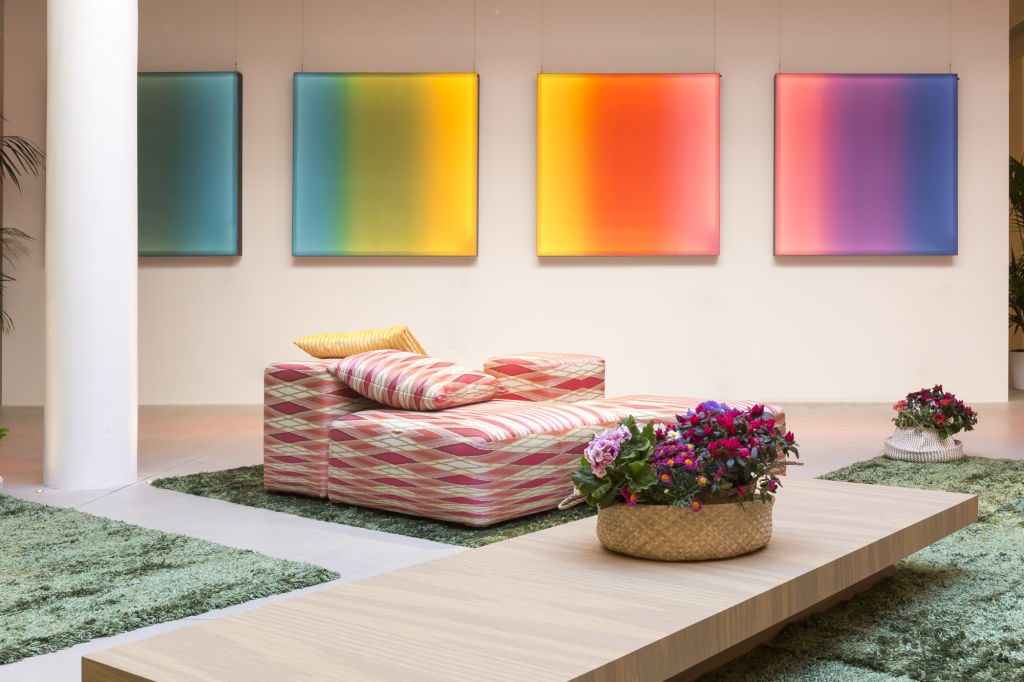
All roads lead to Milan Design Week when it comes to seasonal trend spotting and, as seen at the 58th edition earlier this year, a new era of architectural design and interiors is set to change the way we will live in 2020 and beyond.
It’s time to reconnect to our residential abodes in ways we might not have done before, where curating a place for retreat is ever relevant to our future state of mind.
Mindfulness informs design across the spectrum, from architecture to furniture design, with Milan keen to boast about a new age of showing your softer side ever so elegantly.
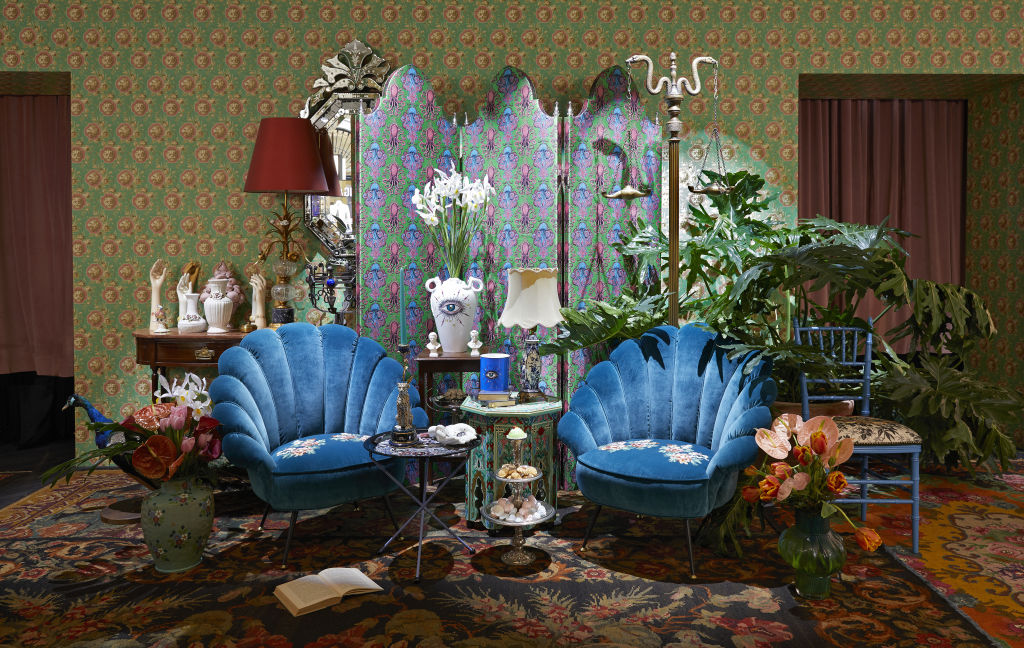
We’re seeing more furniture design houses collaborate to expand on their creative potential and choose materials that urge us to slow down and unwind in style. There’s a return to retro with classics remade for our times, a desire for curves and tactile fabrications that remind us to be still and present.
An abundance of plant life ruled the stands at Salone del Mobile, with everyone from Minotti to Baxter and B & B Italia nurturing plants in their displays – with cacti and palm trees ever present – reflecting humankind’s desire to connect to nature.
Architects are also reconnecting to land with purposeful intent, while functionality in furniture design is driving an ulterior motive in the home.
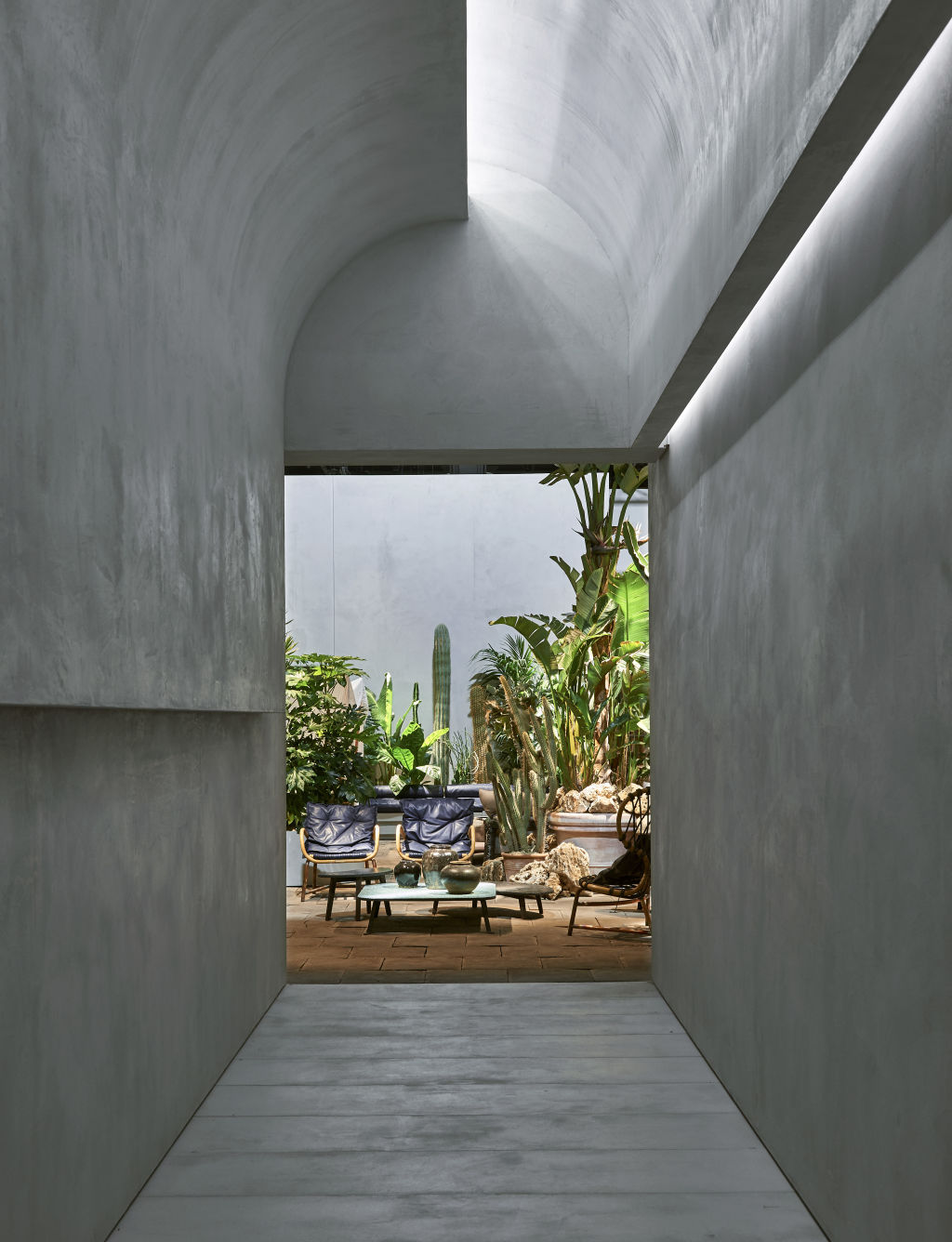
Keeping us firmly grounded on a sustainable path is French architect Arthur Mamou-Mani, best known for building the iconic temple at Burning Man Festival last year.
Mamou-Mani collaborated with fashion label COS for a bioplastic installation titled Conifera, in which he used renewable materials and sustainable processes.
Mamou-Mani says the urgency to rethink how we build is stronger than ever before, hinting that 2020 and beyond will see timber take over other materials.
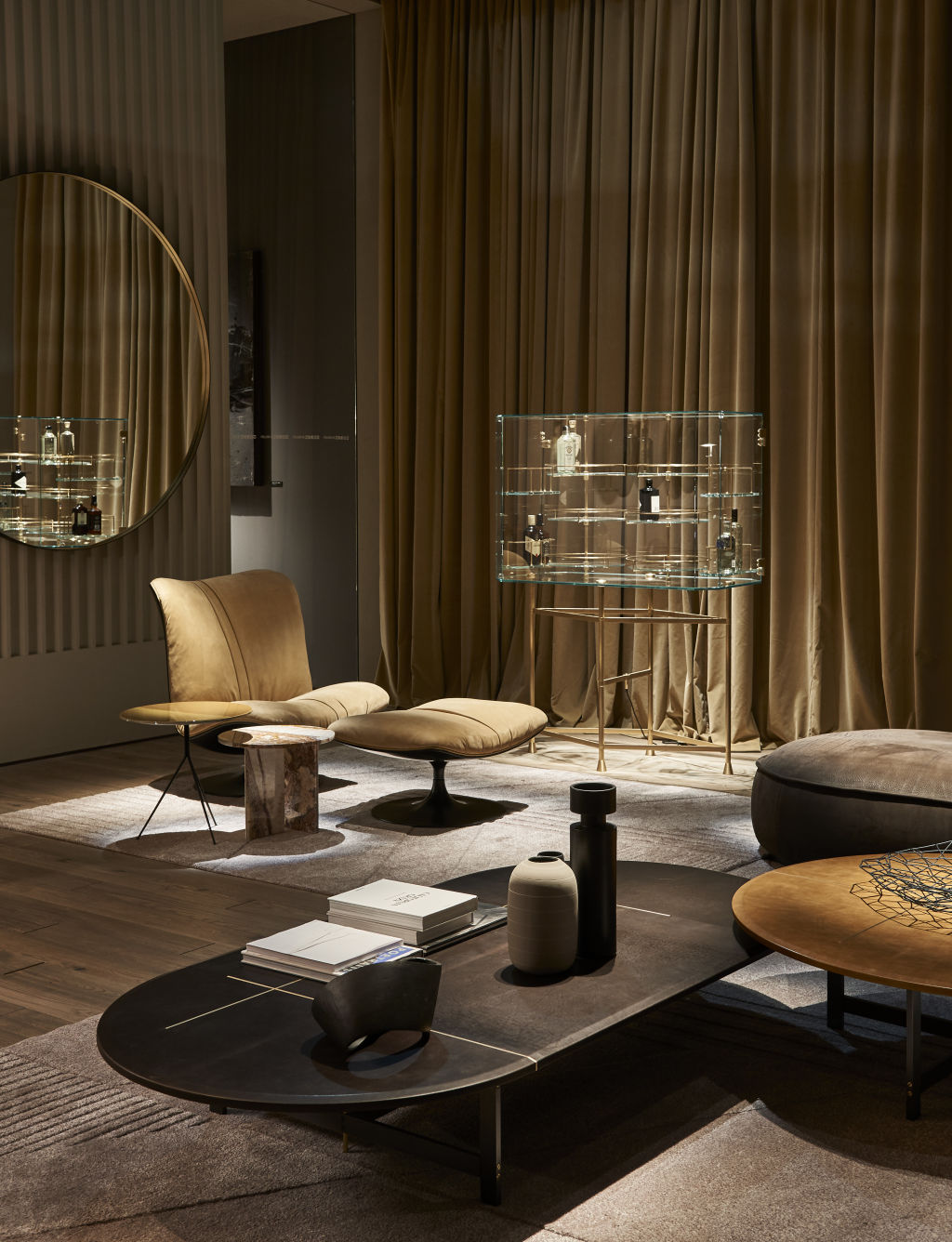
“Timber is the future,” he says. “We will see a new dependency between architecture design and forestry. This will be both pivotal and interesting because not only will it potentially replace steel and concrete, but it will mean we need to plant more forests to grow trees in order to use them.
“I think you’ll see forest management happening hand in hand with this new type of construction, potentially cities growing within the forests.”
Award-winning Australian architect Rob Mills, who has offices in Sydney and Melbourne, was also in Milan to spread the word of the importance of connection to land. Via his new short film The Search, Mills delivered a key message on how land informs great architecture.
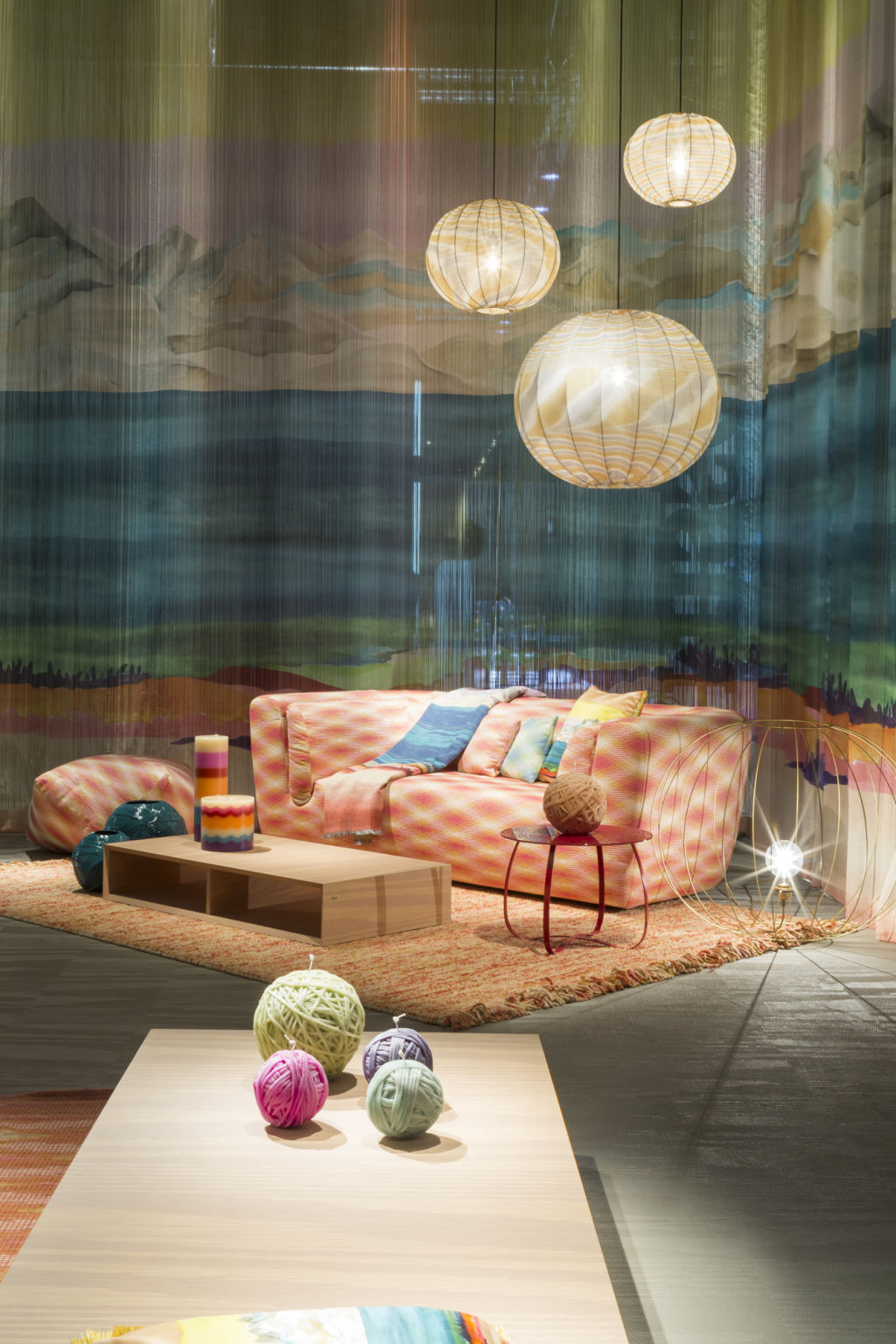
“The future of architecture comes down to understanding how to design spaces for people and how to create a better place for them to live,” says Mills, who is working on a luxury residential and land development for a client in picturesque Byron Bay.
“It’s understanding what that means and then delivering on it.”
When it comes to the future of architecture in a suburban setting, Mills says a good architect knows how to create a story that’s equally compelling.
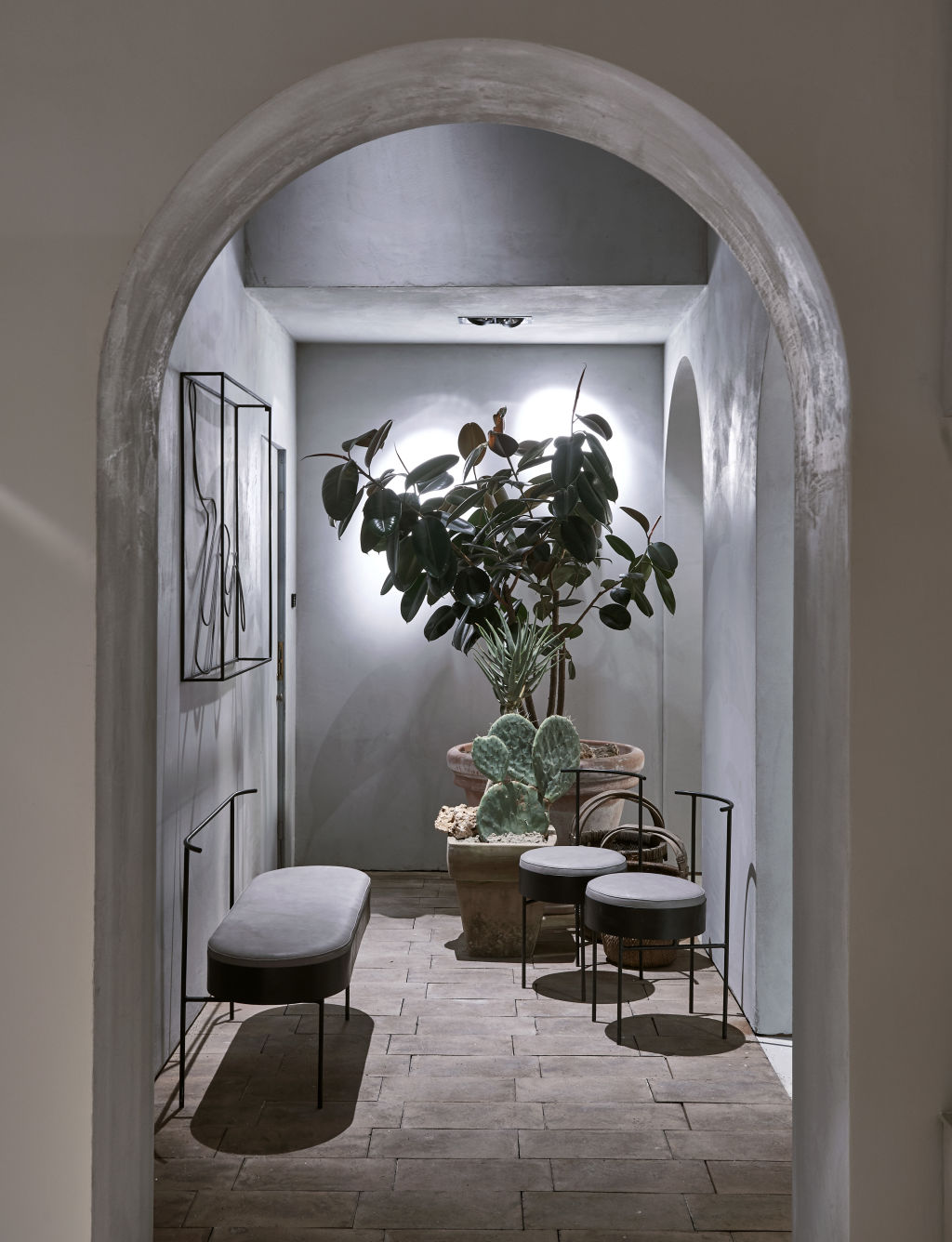
“With many of us living in suburbia and in the inner city, it’s important that the future of architecture continues to create an oasis for clients,” he says.
“There’s a time in your life when you really need a connection to those four walls around you. It’s about knowing how to get the client to change their mindset within that home. As architects, you need to know how to open a home onto a traditional garden or how to block an apartment complex next door with landscaping to separate clients from the world beyond.”
Mills says Salone’s greatest drawcard this year was its Garden of Eden messaging – where plant life reminds us of the cycle of life and the need to take time out from our busy schedules.
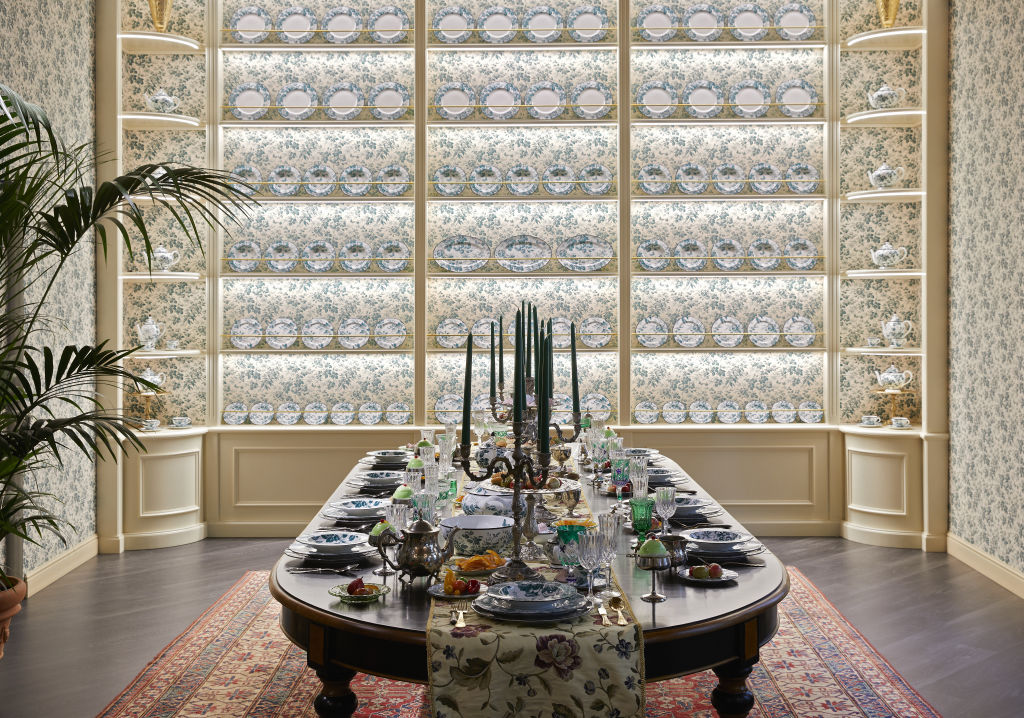
“The power of plant life was huge this year in Milan,” he says.
“Everywhere you looked from lounge settings to bedrooms, it’s all about the plant and a return to greenery which is a connection to land.”
According to furniture designer Pietro Russo, who has worked with acclaimed designer Piero Lissoni and brands Alessi and Baxter, Salone sees a return to the ’60s and ’70s, but nature is the key to his future vision.
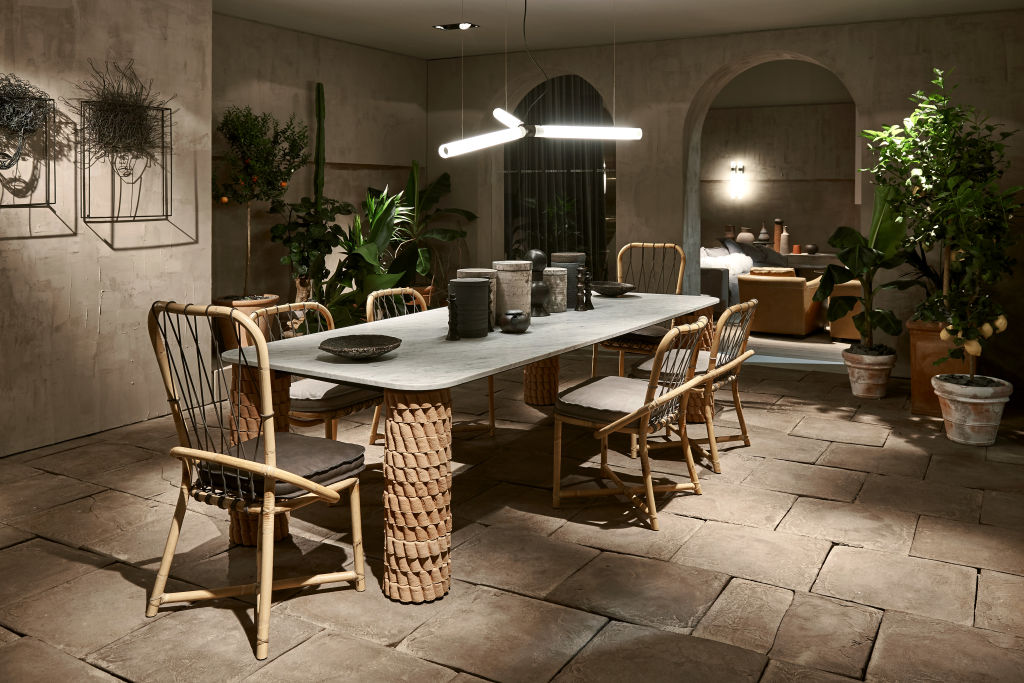
“My inspiration comes from nature and our philosophical connection to it,” Russo says.
“Nature decides what we can be and that is then translated in the design pieces that fill our home.”
Russo, who has a soft spot for ’60s retro design and kitsch memorabilia, says when he designs furniture for the home, there’s always a nod to the past but with a mindful eye set on today’s way of living.
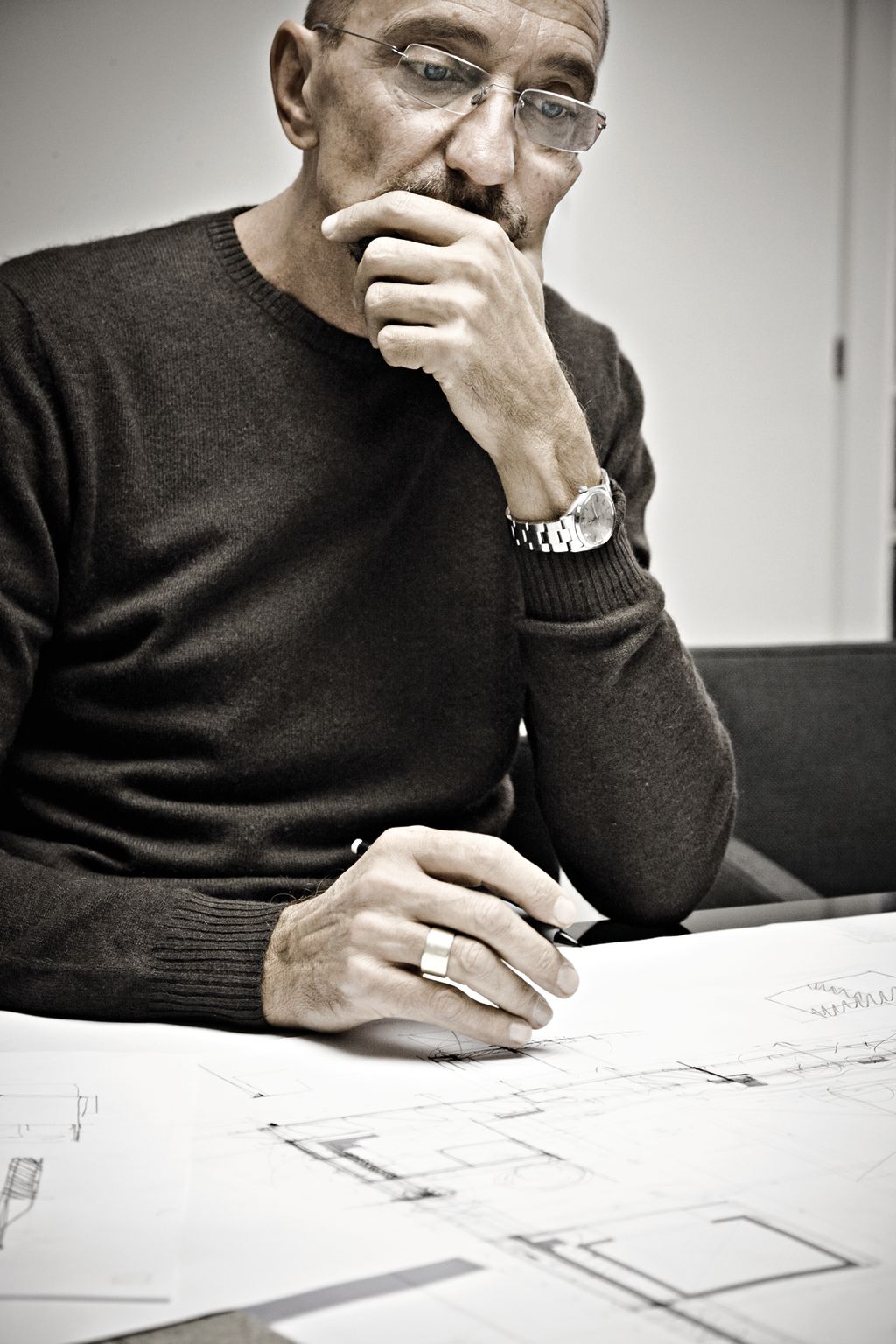
Whether it’s shelving, coffee tables and space age-like bars for a ’70s throwback, he says people still need to feel a connection to their belongings.
“We are moving towards a new rationalism in interiors – the design we saw in the ’60s and man’s first landing on the moon all allude to space on a few levels,” says Russo.
“The future of the interior product I create will play on the idea of space.”
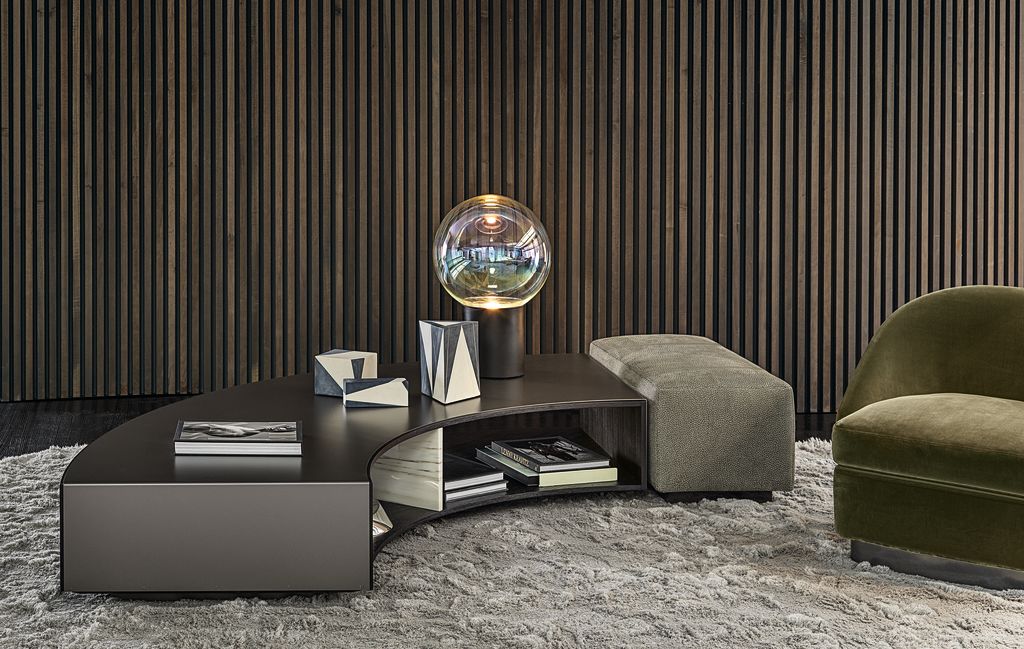
World-renowned Italian design house Minotti focused on collaborations at Salone. Under the watchful eye of the company’s art director Rodolfo Dordoni, a new world order was realised.
They collaborated with Japan’s Nendo, who showed at the National Gallery of Victoria with M.C. Escher, to bring a zen garden setting to showcase Italian outdoor furniture.
This is where Minotti’s excellence finds respite, while a curvaceous ambition is felt with the arrival of French designer Christophe Delcourt’s Daniels sofa system. These curves and circular lines steer away from the usual cubic forms Minotti is known for, and are set to soften our living spaces.
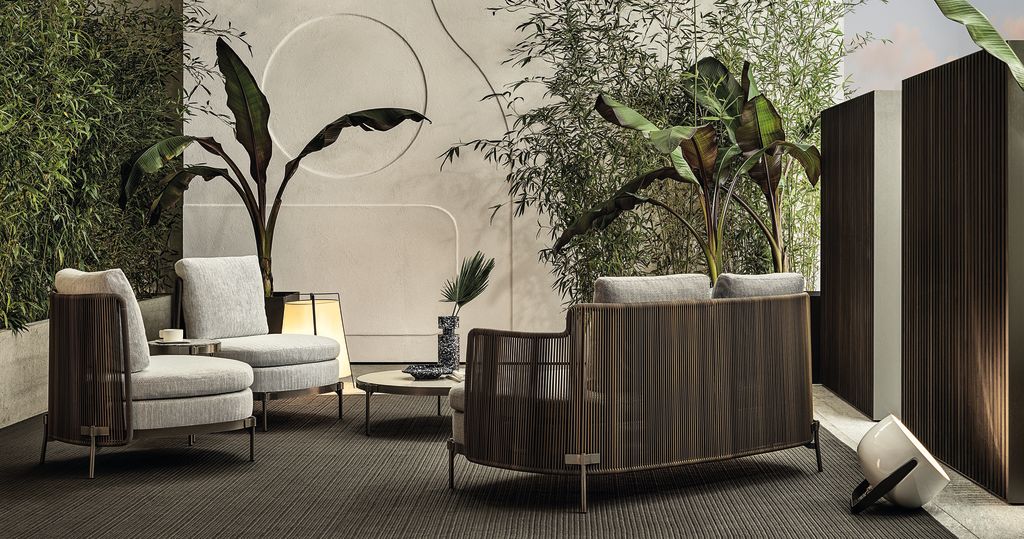
The Gucci Decor pop-up store on Via San Spirito in the centre of Milan was a sure sign of the opulent things to come, where creative director Alessandro Michele’s eclectic vision is proof that what happens on the runway can also translate into the home setting.
His is a world of Mad Hatter-meets-surrealist wonderment – from opulent dinner plates to hand-crafted vases with handles that take two days to make by hand. Forget trends, Gucci Decor is standing on rebel territory and chiming a new household warfare of anything goes.
There’s everything from ’60s incense holders to ’70s ashtrays inscribed with the phrase “Lighten Up” – irony served best with a retro smoke ring (if you can blow one) and sure enough to stir even the most politically correct dinner guest.
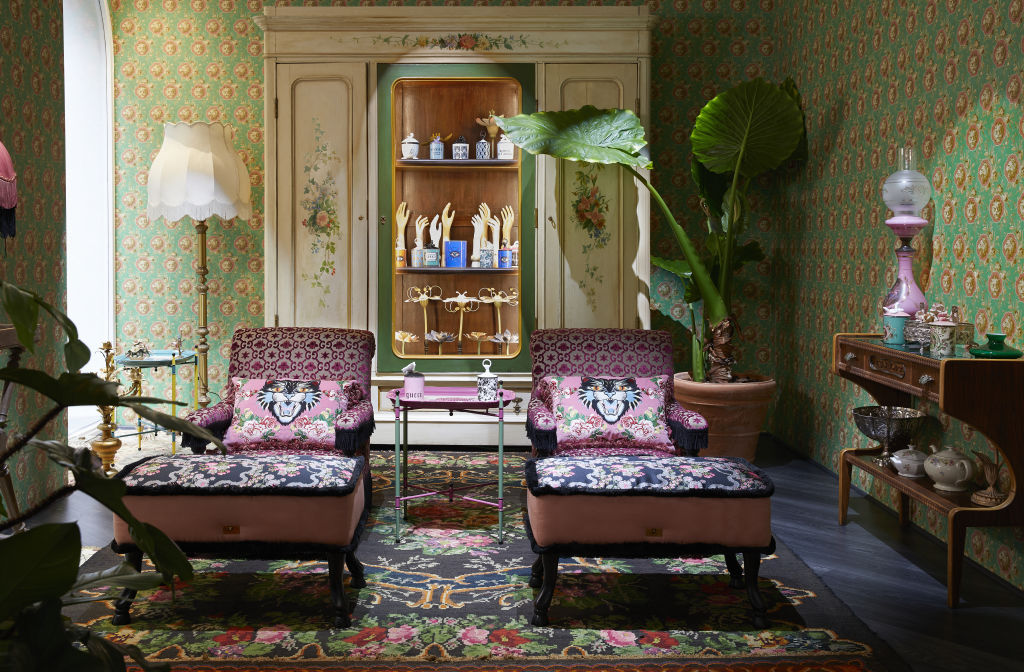
Then there’s the tactile realism of Missoni Home where clashing colours is perfect for the hippy at heart. This is where vertical and horizontal stripes clash elegantly, where horoscope iconography and Aztec prints scream Woodstock, and silk pillows in jacquard prints and shaggy carpets allude to the ’70s.
It’s also a reminder that decorating your home needn’t be taken too seriously. Don’t be afraid to add something tactile, make the most of colour and know when it’s time to tune in and tune out.
We recommend
We thought you might like
States
Capital Cities
Capital Cities - Rentals
Popular Areas
Allhomes
More
